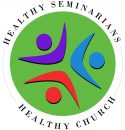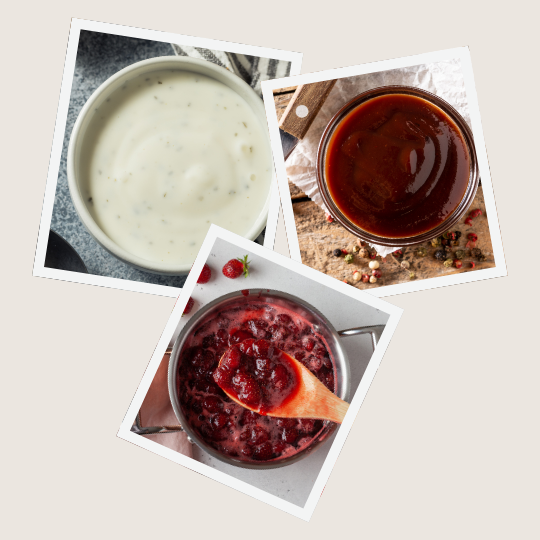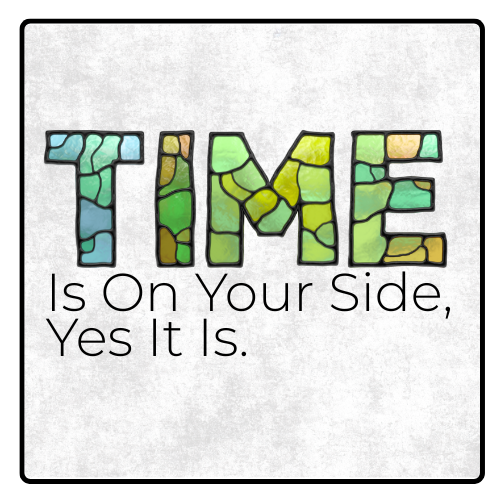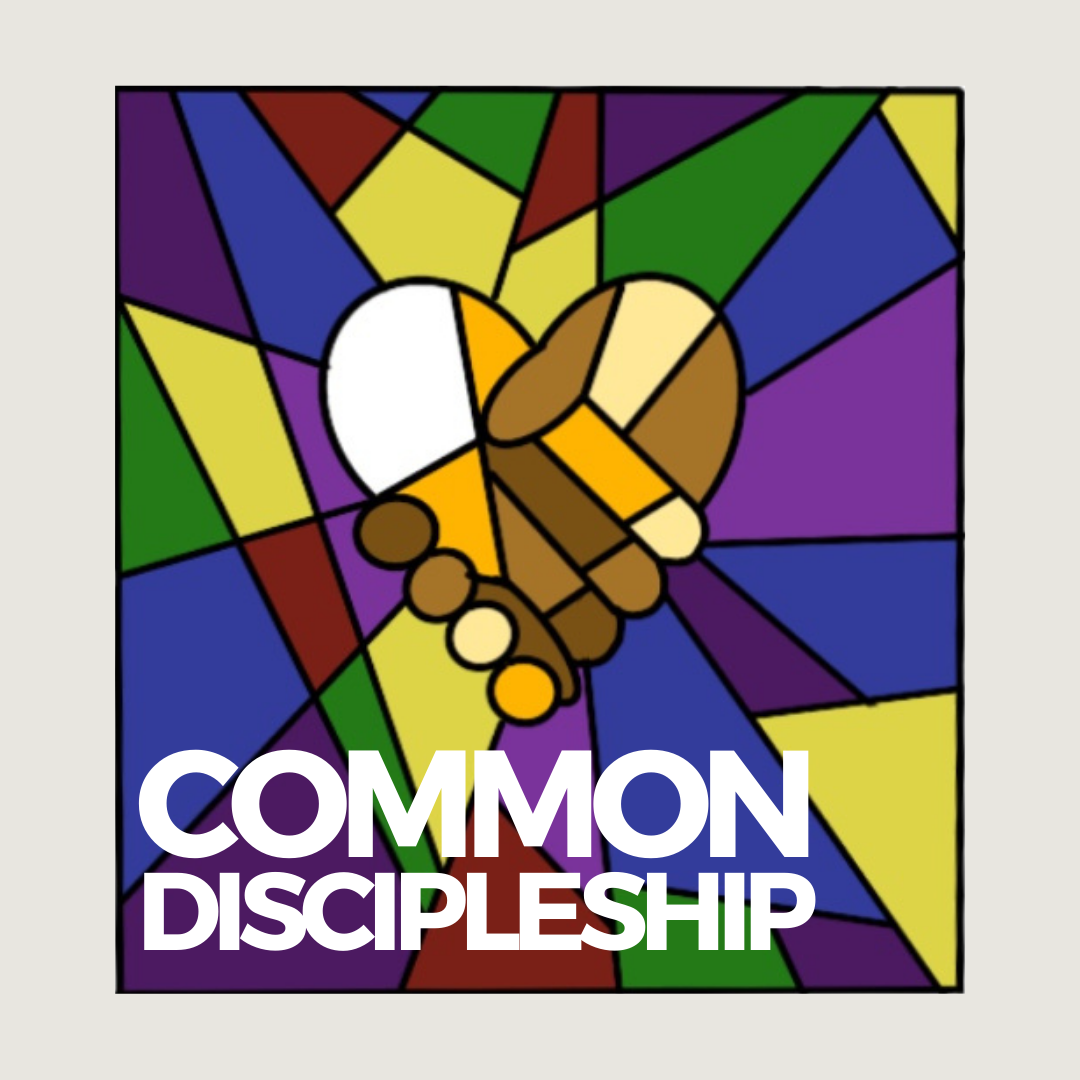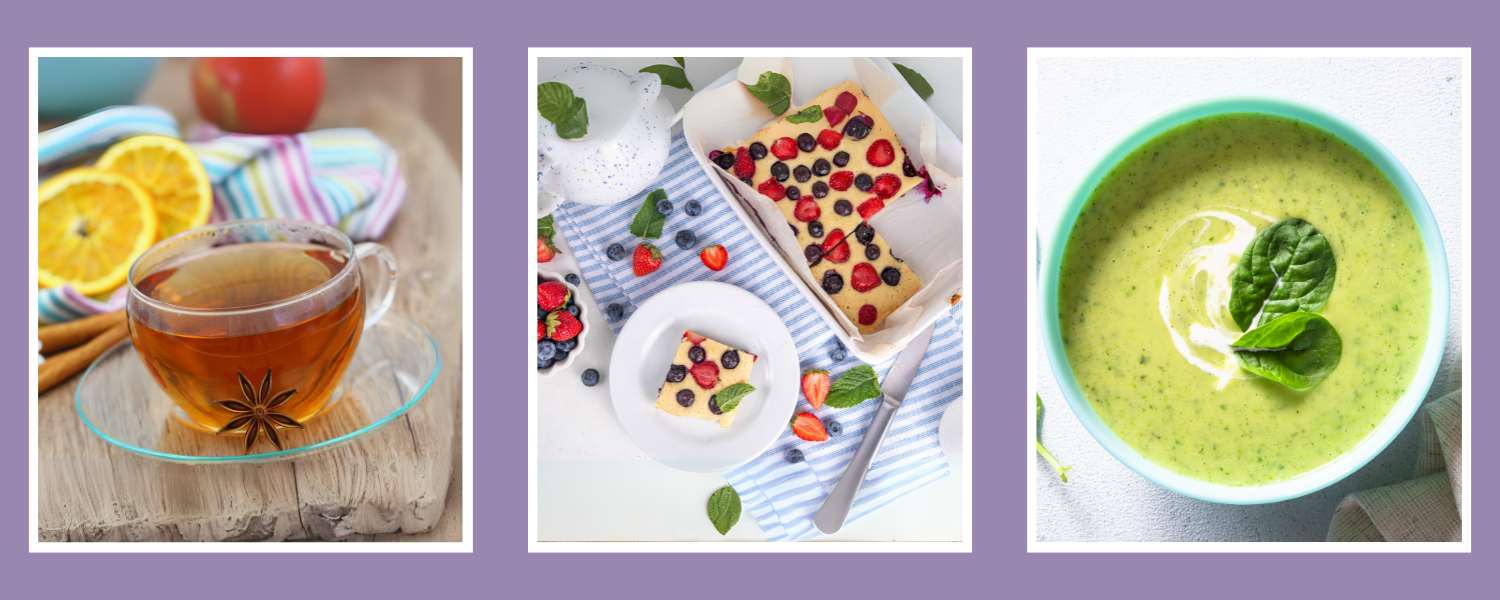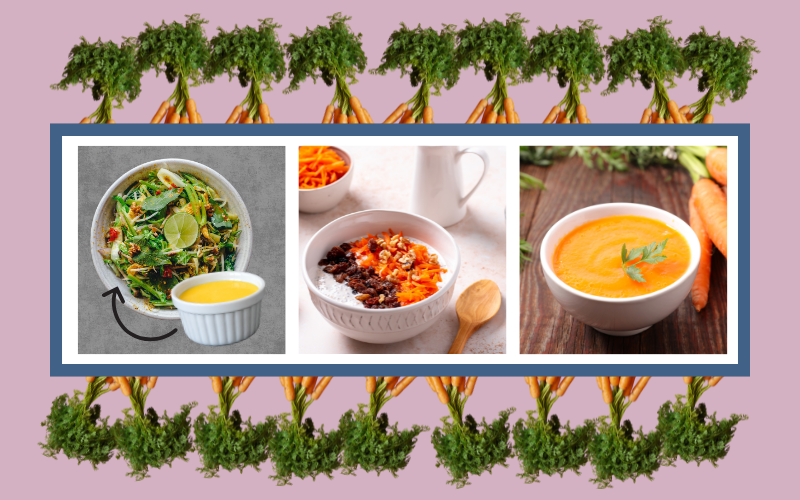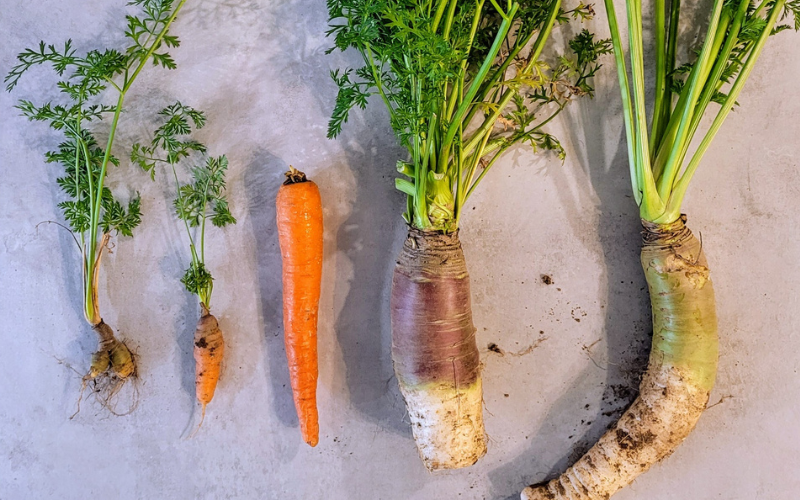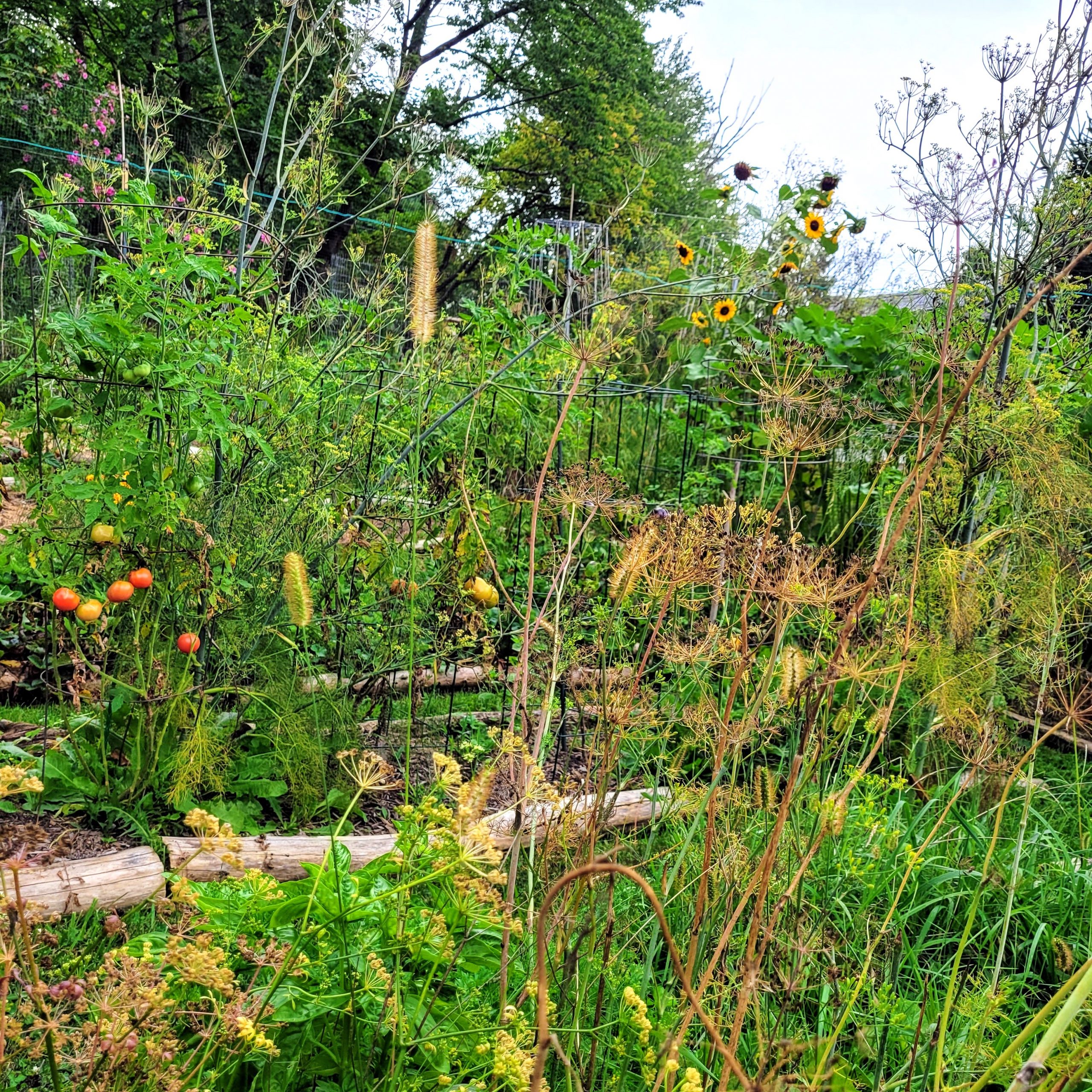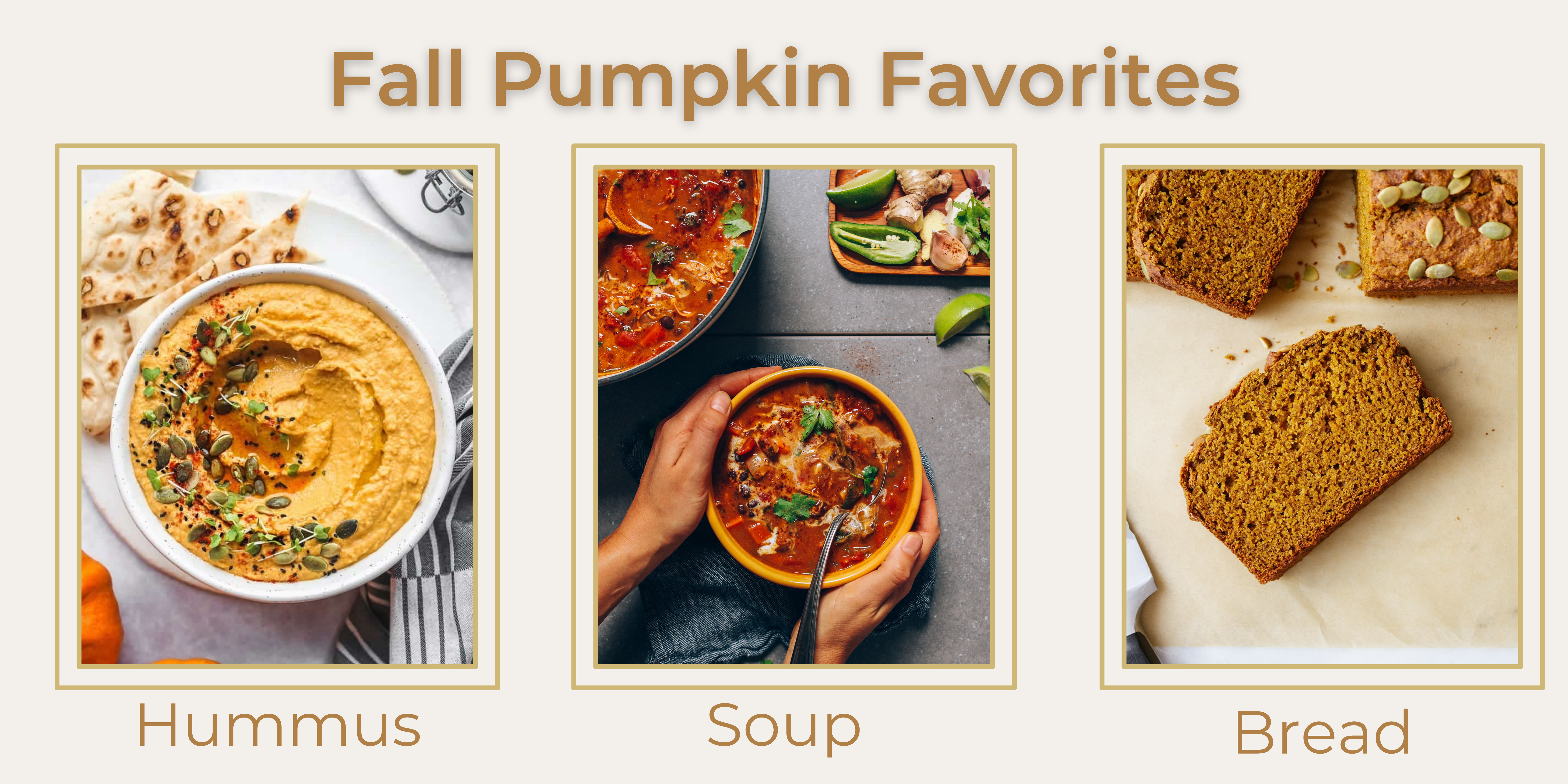All recipes are whole foods, plant-based. In addition, they contain NO gluten, nuts, coconut, refined sugars or oil.
Plant-Based Ranch Dressing*
Servings: 1.25 cups
Ingredients
-
-
- 16 oz. tofu
-
- 1/4 cup water
-
- 2.5 TBSP sunflower seeds (soak in warm water for 30-60 minutes)
-
- 2.5 TBSP apple cider vinegar (OR sherry vinegar, rice vinegar, distilled vinegar)
-
- 1.5 TBSP nutritional yeast
-
- 2 tsp miso (some brands of miso MAY contain gluten, so please check the list of ingredients if this is a concern)
-
- 1 TBSP dried minced onions (OR 2 TBSP finely chopped fresh sweet onion)
-
- 1 TBSP dried garlic granules (or 3 cloves of minced fresh garlic)
-
- 1.5 tsp pepper
-
- 1 tsp salt
-
- 1 tsp dried dill AND 1 tsp dried parsley (OR 1/3-1/2 cup fresh chopped herbs – dill, parsley, basil, and/or cilantro)
- Optional: 2 green onions (chopped)
-
Directions
-
-
- Soak sunflower seeds in warm water for 30-60 minutes.
-
- Drain sunflower seeds.
-
- Place all the ingredients in a blender (or use a 32 oz. mason jar and immersion blender).
-
- Blend until creamy and smooth! Scrape down the sides as necessary.
- Chill in the refrigerator. The dressing will thicken as it chills.
-
Note: This recipe is a quick and easy version. However, using the fresh herbs, onion, and garlic listed instead of the dry ingredients definitely takes this dressing to the next level!
* Adapted from – https://www.feastingathome.com/vegan-ranch-dressing/#tasty-recipes-22357-jump-target
Easy/Homemade BBQ sauce*
Serving: 1 1/3 cup
Ingredients
-
-
- 6 oz. tomato paste
-
- 1/4 cup maple syrup (OR sub 2 Medjool dates — see notes)
-
- 1/3 cup apple cider vinegar (OR sherry vinegar, rice vinegar, distilled vinegar)
-
- 1/2 cup water
-
- 2 tsp dried smoked paprika
-
- 1 tsp dried onion powder
-
- 1 tsp dried garlic powder
-
- 1/2 tsp dried ancho chili powder
-
- 1/2 tsp cumin
-
- Sea salt to taste
-
- Optional: pinch or two of cayenne (to add some heat)
- Optional: 1/4 tsp liquid smoke (increase the depth of flavor)
-
Directions
-
-
- Combine all ingredients in a medium bowl and whisk together (or shake in a mason jar).
- Enjoy!
-
Notes: If using dates rather than maple syrup, process the ingredients in a food processor, blender, or use an immersion blender.
* Adapted from – https://healthymidwesterngirl.com/vegan-barbecue-sauce/
30-Minute Sugarless Summer Jam*
Servings: 6 cups
Using a no-sugar pectin, this jam can be made in less than 30 minutes. Plus, it has no added sugar and can be stored in the refrigerator or freezer.
Ingredients
-
-
- 3 lbs. summer fruit (strawberries, blueberries, raspberries, blackberries, peaches, etc.)
-
- 1 cup apple juice concentrate (thawed)
-
- 5 TBSP Low or No-Sugar Needed Pectin
- Optional (for those who are used to regularly sweetened jam): 1/4 cup (or to taste) maple syrup or date paste. Don’t use date sugar (it doesn’t dissolve in liquids!).
-
Directions
1. Wash the fruit and dry it in a colander.
2. If using strawberries, hull them. If using peaches, cut into quarters and remove the pits. For other berries, skip to the next step.
3. Put the fruit into a food processor and pulse until the fruit is coarsely mashed. You can also mash the fruit using a potato masher.
4. In a large pot, stir together the apple juice concentrate, summer fruit, and pectin.
5. Bring the mixture to a boil over high heat.
6. Add optional sweetener if desired.
7. Boil hard for 1 minute, stirring constantly. Remove from heat.
8. Skim foam, if desired.
9. Let cool for about 30 minutes, then pour into individual glass containers and put in the refrigerator. If you plan to freeze the jam, don’t forget to leave at least an inch at the top for expansion.
10. Jam will be fully set within about 2 hours, or it can be used as a syrup immediately.
* Adapted from – https://faithfulplateful.com/quick-and-easy-100-all-fruit-strawberry-jam/#wprm-recipe-container-1058
